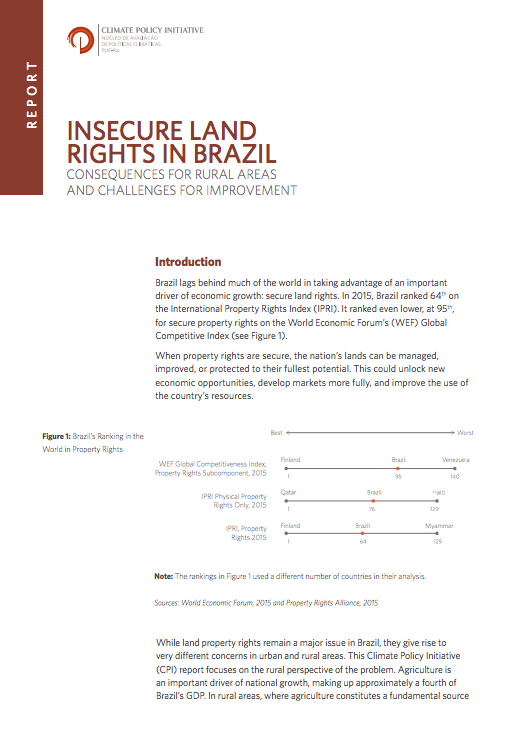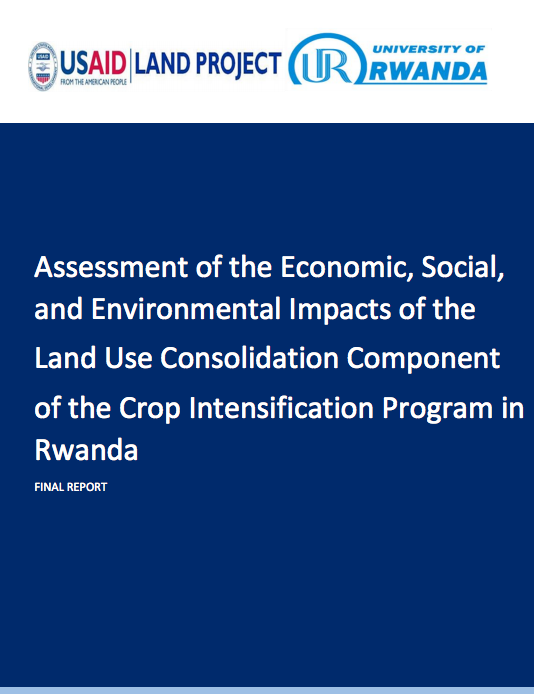A Profile of Living Standards in Turkmenistan
The study reviews the living standards
in Turkmenistan, shaped by the Soviet legacy - whose income
levels in 1989 were below the socially acceptable minimum -;
by the economic decline throughout the 1990s, until recent
economic resumption; and, by current approaches, and
government policies. In an attempt to ensure good living
standards, the country maintained one of the highest levels
of subsidization of basic goods: water, gas, fuel, and



